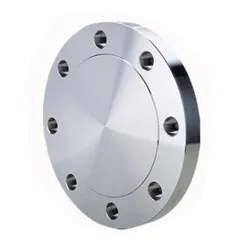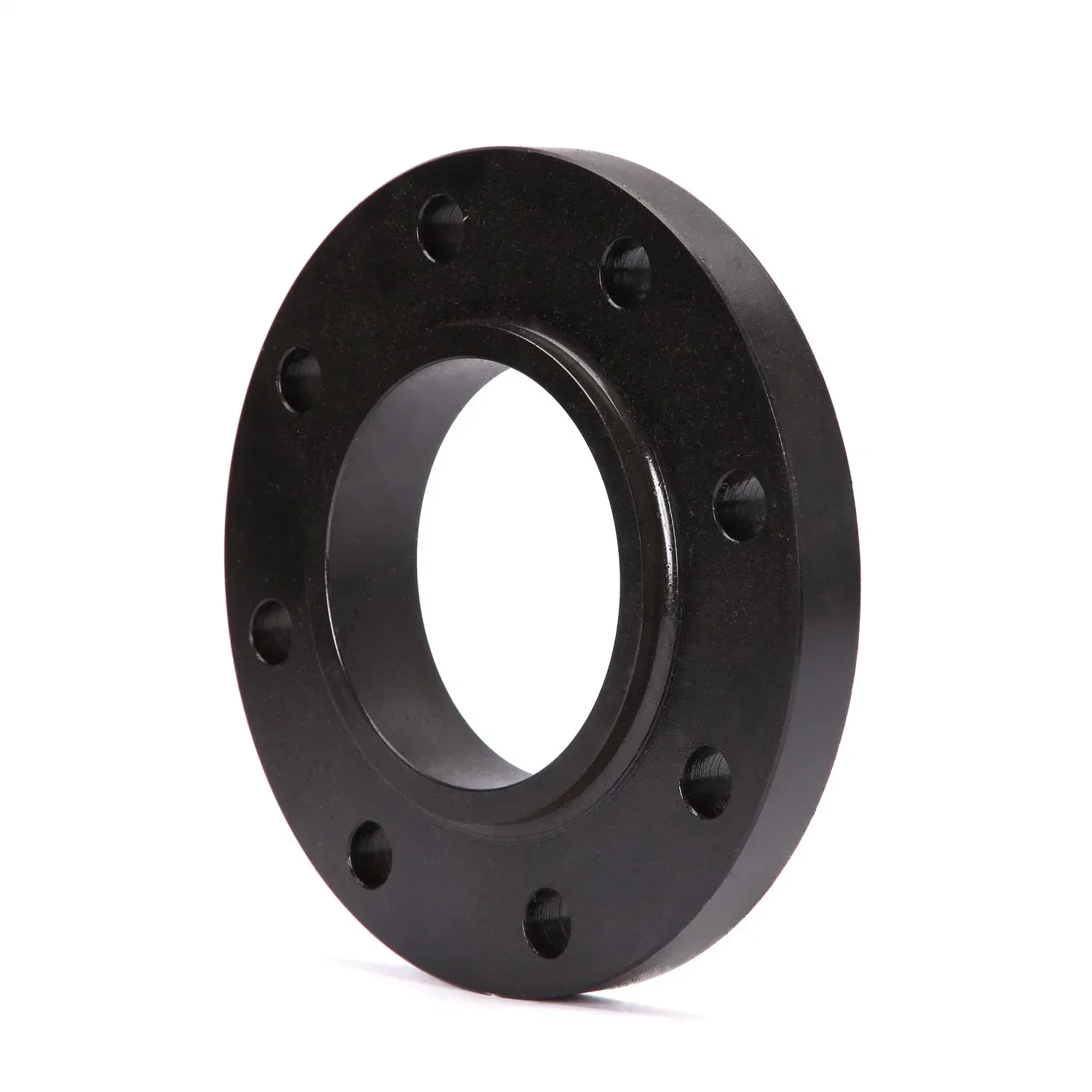-
Cangzhou Yulong Steel Co., Ltd.
-
Phone:
+86 13303177267 -
Email:
admin@ylsteelfittings.com

Feb . 15, 2025 16:01 Back to list
BS10 THREADED TABLE D/E/F/H
Flanges are essential components in many industrial applications, providing a reliable connection between pipes, valves, pumps, and other equipment. Understanding the various types of flanges is crucial for selecting the right components for your projects and ensuring system integrity and reliability. This guide delves into some of the most common flange types, accompanied by vivid descriptions to help distinguish their unique features.
Socket Weld Flanges are designed for smaller pipe sizes and are ideal for high-pressure systems. The pipe is inserted into the flange before being fillet welded around the top. This design ensures a smooth bore and improved flow characteristics within the pipeline. Industries such as chemical processing often rely on socket weld flanges for their dependability and ease of assembly without requiring precise alignment or machining. Lap Joint Flanges are used in conjunction with a corresponding stub end. These flanges are not directly welded to the pipe, which allows them to swivel around the pipe for easy alignment. This feature is particularly useful in systems where frequent disassembly is required for maintenance or inspection. While their initial installation involves a higher cost due to the need for an additional component (the stub end), lap joint flanges can reduce overall project costs and complexity in systems that require adaptable connections. Threaded Flanges cater to systems in which welding is not feasible. They fit on pipes with matching external threads, providing a reversible connection that's easy to assemble and disassemble. Though they boast convenience, threaded flanges are typically applied in low-pressure systems due to the risk of leakage at the threaded joint. Their most recognizable applications can be found in plumbing and low-stress environments. Each flange type brings its own set of advantages suited to specific environments and operational demands. By analyzing the needs of your system and understanding the strengths of each flange type, you can ensure optimal functionality, safety, and longevity in industrial applications. Manufacturers and engineers should prioritize selecting flanges based on pressure ratings, material compatibility, and industry standards to enhance system performance and integrity. Trusted sourcing from reputable suppliers further ensures the quality and credibility of flanges used in any critical infrastructure.


Socket Weld Flanges are designed for smaller pipe sizes and are ideal for high-pressure systems. The pipe is inserted into the flange before being fillet welded around the top. This design ensures a smooth bore and improved flow characteristics within the pipeline. Industries such as chemical processing often rely on socket weld flanges for their dependability and ease of assembly without requiring precise alignment or machining. Lap Joint Flanges are used in conjunction with a corresponding stub end. These flanges are not directly welded to the pipe, which allows them to swivel around the pipe for easy alignment. This feature is particularly useful in systems where frequent disassembly is required for maintenance or inspection. While their initial installation involves a higher cost due to the need for an additional component (the stub end), lap joint flanges can reduce overall project costs and complexity in systems that require adaptable connections. Threaded Flanges cater to systems in which welding is not feasible. They fit on pipes with matching external threads, providing a reversible connection that's easy to assemble and disassemble. Though they boast convenience, threaded flanges are typically applied in low-pressure systems due to the risk of leakage at the threaded joint. Their most recognizable applications can be found in plumbing and low-stress environments. Each flange type brings its own set of advantages suited to specific environments and operational demands. By analyzing the needs of your system and understanding the strengths of each flange type, you can ensure optimal functionality, safety, and longevity in industrial applications. Manufacturers and engineers should prioritize selecting flanges based on pressure ratings, material compatibility, and industry standards to enhance system performance and integrity. Trusted sourcing from reputable suppliers further ensures the quality and credibility of flanges used in any critical infrastructure.
Latest news
-
ANSI 150P SS304 SO FLANGE
NewsFeb.14,2025
-
ASTM A333GR6 STEEL PIPE
NewsJan.20,2025
-
ANSI B16.5 WELDING NECK FLANGE
NewsJan.15,2026
-
ANSI B16.5 SLIP-ON FLANGE
NewsApr.19,2024
-
DIN86044 PLATE FLANGE
NewsApr.19,2024
-
DIN2527 BLIND FLANGE
NewsApr.12,2024
-
JIS B2311 Butt-Welding Fittings LR/SR 45°/90° /180°Seamless/Weld
NewsApr.23,2024
-
DIN2605-2617 Butt-Welding Fittings LR/SR 45°/90°/180° Seamless/Weld
NewsApr.23,2024











